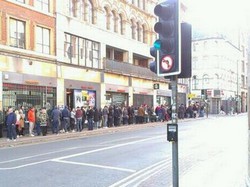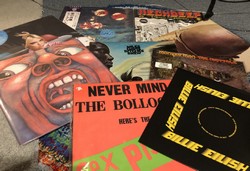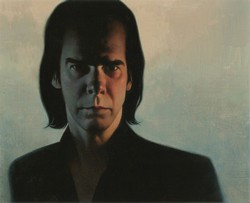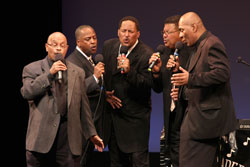For the first time in 34 years, vinyl records outsold CDs. Outsold isn’t the proper word, though. A more fitting term should be “destroyed.”
The Recording Industry Association of America reported vinyl records created over $230 million in revenue in the first six months of 2020 alone, whereas CDs only sold $130 million. CD sales have seen a 48 percent decrease in revenue, and vinyl has seen a 4 percent growth. I guess you could say records have had a record breaking year.
This comes after a tumultuous start for the music industry in 2020. With record stores and other businesses being largely shut down because of COVID-19, physical sales dropped 23% overall. Many record stores, including Holdfast Records in Asbury Park, NJ, could not survive the absence of eager audiophiles and were forced to close.
Additionally, one of the two remaining vinyl producing plants in the world burned down in the Apollo Masters fire in February. This factory in Banning, CA produced the lacquer needed to create master plates, which would be cut into vinyl records.
Rolling Stone reported Apollo Masters Corp. was responsible for “70 to 85 percent” of the world’s lacquer plates needed for production. The only other factory of its type is MDC in Japan. As the recording industry scrambles to find an alternative to lacquer pressing, this could mean inflationary costs on each record sold.
“Records pressed on wax” have been around since the late 1940s, evolving to stereo sound in the 1960s, and reached its most popular point in the late 1970s. They preceded the cassette, the 8-track, the CD, and the laserdisc and have outlived those other analog formats. While their popularity might have dwindled with the rise of compact discs, they were never really dead. Since 2005, vinyl has seen a steady increase in popularity.
One of the contributing factors to the vinyl resurgence is Record Store Day, a national holiday celebrated in April. The holiday began in 2008 and its purpose is to support independent music shops with exclusive LPs, 7” inch singles, boxsets, unreleased demos, live albums, soundtracks, and much more.

There were only 10 exclusive releases in that first year; that number this year is over 200. RSD has also gained popularity internationally. The holiday also became so popular that Black Friday has become a sequel; another opportunity to buy some high quality high-fidelity.
Because of COVID-19, Record Store Day was canceled in April, but three dates have been announced as “drop” dates. The first one happened in August, the next one is this Saturday, Sept. 26, and Oct. 24.
There also has not been a confirmation if Record Store Black Friday will happen this year yet, but we can remain hopeful. These releases are not solely the artists of yesteryear; contemporary popstars Billie Eilish, The Weeknd, Kali Uchis, Britney Spears, Maroon 5, and more have releases being sought after.
A new trend of collecting is also a big factor: the vinyl subscription box. Users pay a monthly fee and can receive vinyl shipped to their homes. Websites like VinylMePlease, VNYL, and Vinyl Moon Co. can curate monthly packages based on your Spotify or Discogs data. The biggest demographic of record-buyers aside from those who are nostalgic or lost their copy of Led Zeppelin III, are millennials.
Large retailers like Target and BestBuy have seen a tremendous increase in turntable sales, according to Statista. Portable CD players might not even be sold at those stores.
Despite a massive fire to a crucial aspect of vinyl production, a pandemic, and inflationary import costs, you can expect thousands of people to camp out and snag that music. The revenue and the popularity of Record Store Day suggest the Vinyl Revival is nowhere near finished. So, find those crates that have been collecting dust in your attic and give them a spin.
PHOTO TAKEN by Ray Romanksi
IMAGE TAKEN from Manchester Evening News



